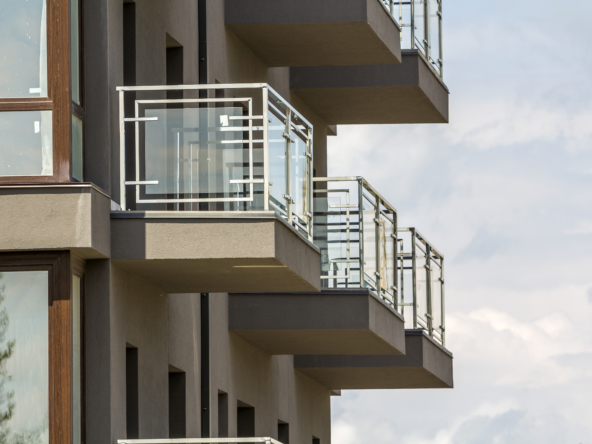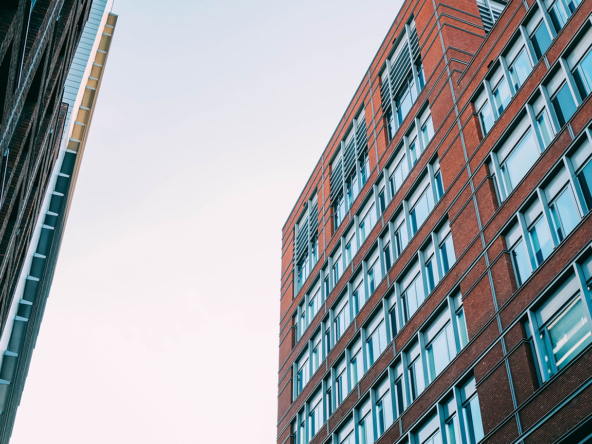Real estate investors like investing in rental properties (especially multifamily properties) because by collecting rent they immediately have a stream of passive rental income which they can rely on or save and re-invest.
Beginner property owners tend to overestimate how much cash flow they will be getting, and are therefore surprised at the end of the year when they have not collected as much money as they expected to. The key to this discrepancy lies in the many expenses related to owning rental property, which include property taxes, insurance, HOA fees, maintenance and repairs.
Before discussing the most basic formulas for estimating your real budget for maintenance, let’s go over everything that should be included in that estimate.
What’s included in rental property maintenance?
A rental property has many aspects that need to be looked after to maintain its value and curb appeal, as well as to be a safe and healthy place for your tenants and their families to live in. The better kept your property is, the higher the chance for long tenancies, and the more desirable your property is to those looking for a place to rent.
Here’s a list of maintenance categories which you or your property manager should be on top of.
Routine and preventative maintenance
The most basic routine maintenance should include:
- Inspection of common areas and exteriors
- Landscaping
- Regular professional cleaning
- Garbage and recycling collection
These are almost fixed costs – they should vary very little from one month to another.
Preventative maintenance goes a step further, with an inspection of all electrical and mechanical systems, cleaning and oiling of moving parts, replacing filters, etc. This might add a little to the monthly costs, but will pay for itself many times over, since it significantly reduces emergency repairs and lengthens the life of expensive equipment such as HVAC systems.
Seasonal Maintenance
Depending on where you live, you may need to get the property ready before winter and summer. Some examples include:
- Seasonal gardening and tree pruning
- Gutter cleaning
- Snow removal
Appliance Maintenance
Depending on the type of property you have, you may have chosen to outfit it with appliances for tenant use, such as washers and dryers, refrigerators, HVAC systems and more. However good your tenant screening was, you still cannot be sure that they will look after the appliances as well as they should.
Since those appliances are also investment property, you want to get a long life out of them. Budget periodic checkups by an expert, who may change a filter or tighten a screw in time and save you a lot of money and hassle.
Emergency Maintenance
Preventative maintenance reduces emergency calls significantly, but every now and then you will still get a call in the middle of the night about a malfunctioning AC or a burst pipe.
Word to the wise: many maintenance companies will give you priority and discounted rates on emergency services if you contract routine maintenance with them – having a trusted company deal with these is more efficient (and less stressful) than looking for an HVAC technician who’s available for an emergency call in the middle of August.
Pest Control
This is one of those topics in which you want to be proactive – negotiate a low-key routine inspection and spraying with a local company, and have them make the rounds a few times a year. A full-on infestation has expenses and consequences you don’t even want to think about.
Rental Property Maintenance Cost Formulas
- Before we give you the formulas, a few caveats:
- These are “rules of thumb” and estimates to give you an idea
- Your property’s condition, location, size and many other factors will affect your actual maintenance budget
- When in doubt, plan for bigger expenses and be pleasantly surprised if you spend less. Beats not having enough budget for a repair you need!
Without further ado, the formulas!
1% Rule
This has nothing to do with the upper classes, and everything to do with property value. According to this rule, your yearly maintenance expenses should be about one percent of the property value.
Easy example: if you bought a house for $450,000, you should expect to spend about $4500 every year on maintenance alone.
50% Rule
If you want to put aside a generous amount and prevent surprises, this is the rule to follow: set aside 50% of your rental income to deal with expenses. This rule covers all expenses – not just maintenance, but also taxes, insurance, etc.
Example: if you rent a property for $1200 a month, you will earn $14,400 in a year, so you should put aside $12,200 for all expenses.
Square Footage Formula
Probably a little more accurate, this formula helps you estimate your maintenance expenses based on the area of your property. No need for fancy special assessments, just put aside one dollar per square foot of property (including gardens and outdoors.)
Here’s an example: if your property is 3000 square feet, you should set aside $3000 for your yearly maintenance expenses.
1.5x Rule
The last rule is again related to rental income, and it basically says that the yearly maintenance spend is often about 1.5 times the value of the monthly rent.
Example: If you rent a house for $2400 a month, you should be prepared to spend $3600 a year in maintenance.




